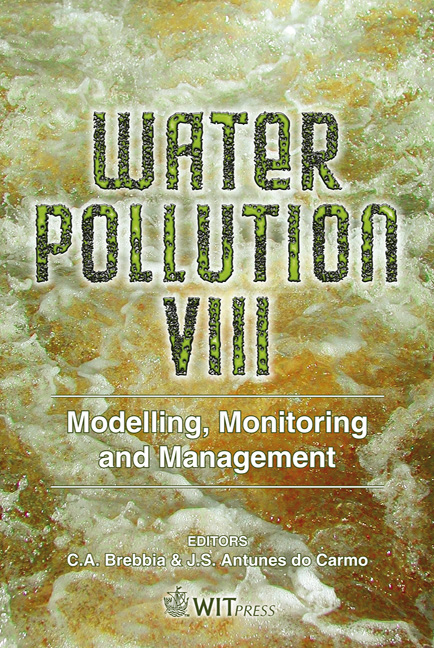General Trends In The Soft Bottom Environment Of The Ekofisk Region, Norwegian Sector
Price
Free (open access)
Transaction
Volume
95
Pages
10
Published
2006
Size
355 kb
Paper DOI
10.2495/WP060061
Copyright
WIT Press
Author(s)
S. M. Bakke & S. A. Nøland
Abstract
The environment in the North Sea has been investigated over several years and since 1996 the environmental monitoring of the oil activity in the Norwegian sector of the North Sea and the North Atlantic has been performed in regions, covering large areas. This paper gives an overview of the general trends over years in Region I, the Ekofisk area. The benthic macro fauna community in this region is disturbed to varying extents, which seems to be a consequence of the activities in the area, physical disturbances and a diffuse organic load from various sources affecting the North Sea. The trend analyses of fauna communities in Region I indicate reduced supplies of available organic material and a positive development in the fauna community that reveals an ongoing improvement in the environment until at least 500 m from the oil field centres. Keywords: environmental monitoring offshore, North Sea, sil, ecological quality, soft bottom fauna, sediment, hydrocarbons, organic enrichment. 1 Introduction Increasing human impacts from both land based and offshore activities have resulted in high organic loads and an increase in the content of hydrocarbons in the sediment, which have a significant effect on the North Sea environment (according to amongst others McGlade [1]). Increasing numbers of opportunistic species and an increase of biomass have been caused by increasing food availability for the benthos in the whole North Sea according to Kröncke and Bergfeld [2]. From the 1980s there have been increasing focus on the environmental problems in the North Sea and a number of actions have been implemented with different efforts from the countries around the North Sea. An important organ
Keywords
environmental monitoring offshore, North Sea, sil, ecological quality, soft bottom fauna, sediment, hydrocarbons, organic enrichment.





